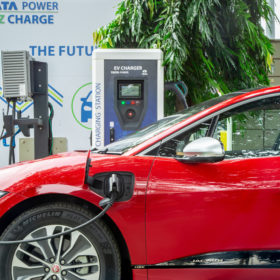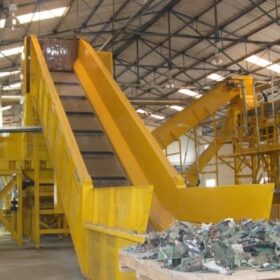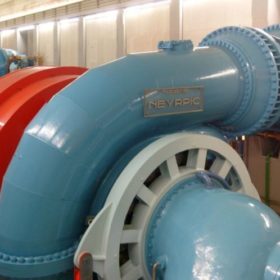Attero announces INR 150 crore investment to expand e-waste and copper recycling capacity across India
Once the new plants are commissioned, Attero’s overall processing capacity across e-waste and metals recovery will reach 244,000 tonnes per annum.
New report charts path to securing raw material supply chains for India’s EV growth
A new report by KPMG outlines strategies to enhance resilience and competitiveness in India’s electric vehicle (EV) ecosystem amid sharply rising demand for critical raw materials such as lithium, nickel, cobalt, and rare earth elements.
From waste to resource: Recovering critical minerals for solar and EV batteries
As India ramps up solar installations and EV deployments, the volume of end-of-life components will grow rapidly. If these are treated simply as waste, we create new environmental burdens and miss a chance to recover value. If, instead, they are viewed as sources of supply, they become part of the solution.
What will help India to reduce the $2 billion battery import bill?
India’s Production-Linked Incentive (PLI) programme for cell manufacturing has attracted investment into gigafactories and electrode production, but local manufacturing can only succeed if it has access to steady, domestic mineral feedstock. Recovered materials from end-of-life batteries can supply a meaningful share of that requirement, provided there is strong collection infrastructure, organised supply aggregation, and investment in processing technologies.
Cabinet approves INR 1,500 crore incentive scheme for critical mineral recycling
The Union Cabinet, chaired by Prime Minister Narendra Modi, has approved an INR 1,500 crore incentive scheme to develop recycling capacity in the country for the separation and production of critical minerals from secondary sources.
India’s emerging role in EV battery recycling: Creating a circular economy
India is well-placed to advance the e-mobility circular economy in Asia against the backdrop of the fast-growing market and recycling strategies. Adopting the 5Rs—Reduce, Reuse, Repurpose, Remanufacture, and Recycle—can help in reducing resource depletion and waste.
From trash to treasure: Is India ready for battery recycling revolution?
Given the demand and the unavailability of Lithium, Nickel, Cobalt, Manganese, and Rare Earth Elements (REEs) in sufficient quantities, as a nation, we may be staring at a scenario we had with crude.
The critical role of IPPs in driving 250 GW of new energy
At a time when many countries struggle with energy nationalism and policy flip-flops, India’s independent power producer (IPP)-driven model offers a decentralised, market-based, and scalable solution to clean energy growth. Their role in catalysing 250 GW of new capacity by 2030 will be central to India’s climate pledges under the Paris Agreement and its goal of net-zero emissions by 2070.
Transforming discarded batteries into valuable resources
Rather than viewing battery recycling as waste management, it should be reframed as an economic and industrial opportunity. Advanced recycling techniques can recover up to 95% of lithium, cobalt, and nickel, reducing India’s reliance on raw material imports.
India needs to diversify its supply chain for critical minerals: IEEFA
India should invest in resource-rich, friendly nations for sourcing of critical minerals such lithium, cobalt and nickel. The nation should minimise its reliance on imports, especially from countries with a potential trade risk in the future.














